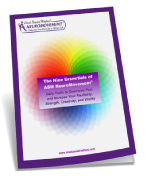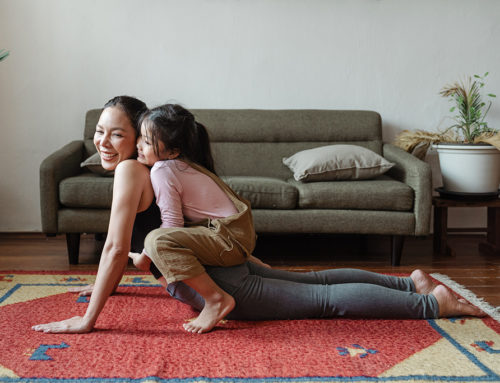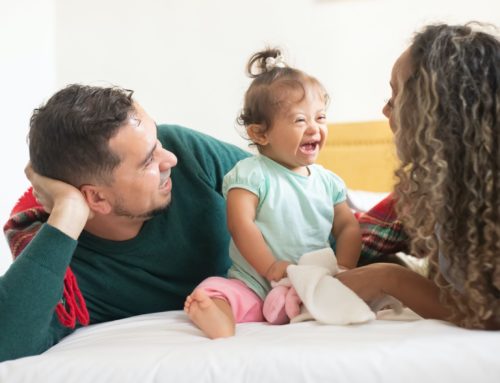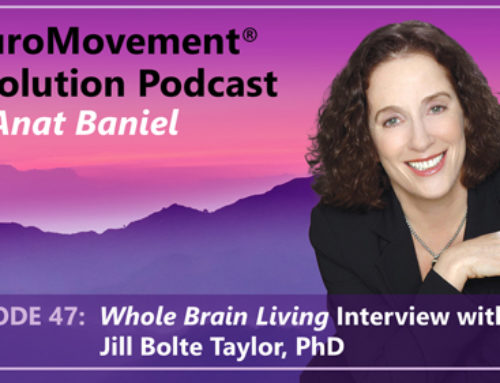Transforming the Lives of Children and Adults with Cerebral Palsy
Using the Power of the Brain to Change Itself
Wednesday, October 2, is World Cerebral Palsy Day. “World CP Day is a global innovation project to change the world for people living with cerebral palsy and their families. It is designed to gather ideas from people around the world and make the best of those ideas a reality.”
Did you know that there are 17 million people living with cerebral palsy worldwide?
“Another 350 million people are closely connected to a child or adult with cerebral palsy. It is the most common physical disability in childhood.”
The diagnosis of cerebral palsy can manifest in different ways. For example, certain muscle groups can be very spastic or perhaps do not have enough tone to them, or sometimes there are involuntary muscle movements (called Athetoid cerebral palsy). However it manifests, for the most part, cerebral palsy is a movement organization disorder.
For many years, the main focus in trying to help people with cerebral palsy to do better has been to focus on their muscles. Treatments include stretching the muscles when they are spastic and short, stimulating them when they are not working powerfully enough, or implementing other direct mechanical interventions. (While it has been known for many years that cerebral palsy is a form of brain damage, the brain itself has been invisible when carrying out treatments.) This approach has often yielded limited and limiting results for the person with cerebral palsy.
Changing the World for People With Cerebral Palsy
The time has come to shift the focus from the periphery (i.e., the specific muscles and joints that are not moving or organized the way they need to be) to the brain that organizes and controls what the body can or cannot do, and will do.
You can begin transforming the life of the child or adult diagnosed with cerebral palsy by embracing these four principles:
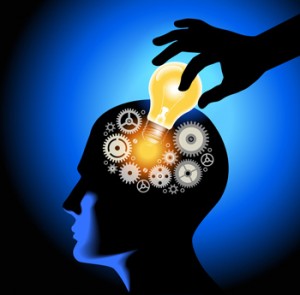 Understand that the brain is built to change in response to experiences.
Understand that the brain is built to change in response to experiences.
Recognize that the brain of the child or adult with cerebral palsy can be a brilliant learning brain and often already is.
Shift the focus from the existing limitations (which have become patterns that are grooved in the brain) to the brain’s enormous potential to change itself.
Use tools (like the Nine Essentials) that provide the brain with new information and opportunities to change and create new patterns.
And, in recognition of World Cerebral Palsy Day, share the tips below with someone you know who has cerebral palsy!
5 Tips to Acquire New Patterns for Freer Movement and Better Posture
In a lying position or a fully supported sitting position, choose any movement that is easy for you to do. It can be moving a finger or your shoulder, or your torso or leg. It can be any movement, as long as it is an easy movement for you to do. And don’t worry about what it looks like or whether you are doing it well or not. It’s very important to not have any goals, simply a pure intention to select a movement that is relatively easy for you to do.
1. Do this movement while paying close attention to what you feel as you move.
2. Next, reduce the force with which you do the movement to the least amount of effort that you can put into the movement and still have it happen.
3. Continue with the same movement, but slow it way down.
4. Next, after doing the movement very easily and lightly once or twice, begin introducing variations (“mistakes”). Do it a little bit more to the right or a little bit more to the left. Do the movement together with another part of your body and then without that part of your body. Try any variation that you can think of and continue to pay attention to what you feel as you move.
5. Finally, do the movement without thinking and notice if it has become any easier to do.
Take a few times a day for 5-10 minutes to do this sequence with different movements. Notice if over a period of a few days whether your whole body feels better and moving has become a bit easier. Perhaps you will spontaneously begin doing things that you couldn’t do before. Also pay attention to see if you have an increased sense of well-being.
Additional Resources
View a video of Amy and her son Cypress, a boy with cerebral palsy who has made remarkable progress using the power of the brain to change itself.
Learn more about how NeuroMovement can help children with cerebral palsy.
Please join us on social media. I’d love to hear about your experiences!

